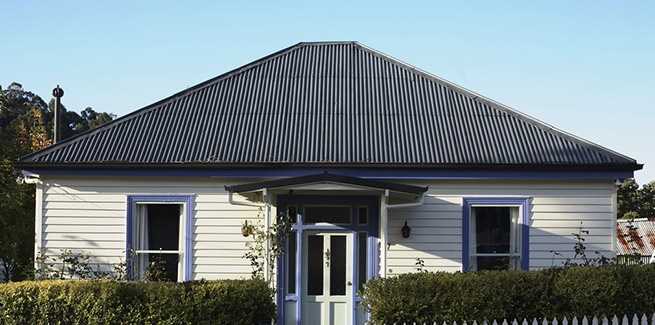Figures from CoreLogic has revealed that the share of houses as a portion of sales had increased to 74.2 per cent in the year to January 2021, up from 73.2 per cent a year ago, and 66.7 per cent five years ago.
CoreLogic’s head of research Australia, Eliza Owen, has explained this in an alternative way, stating that for every one unit sold over the year, there were 2.9 house sales.
Data from CoreLogic has shown that most capital cities and the rest of state regions had seen the portion of house sales increase in the year to January 2021, compared with the decade average.
For example, in Sydney, the share of houses as a portion of sales had increased to 58.3 per cent during this period, compared with the decade average of 53.5 per cent. In Melbourne, the portion of annual sales that were houses sat at 67.9 per cent in the year to January 2021, compared with 65.8 per cent over the decade.
Ms Owen has attributed these trends to a few factors, including the introduction of the federal government’s HomeBuilder scheme, which she said may have tipped demand towards houses.
“Since the announcement of HomeBuilder in June, new home sales have increased significantly. According to the HIA, new home sales in the December 2020 quarter were almost 100 per cent higher than in December 2019,” Ms Owen said.
“However, the design of the scheme largely lent itself to new houses, as opposed to units. An example of this was the tight timelines for eligibility, where the commencement of a new property initially had to take place within three months of the contract date.
This meant the take-up of the scheme was largely utilised for detached houses, rather than off-the-plan unit sales, with the latter requiring a number of purchaser commitments before the project commences.”
Investor lending trended lower
On the other hand, over 2020, the average value lent to investors for property purchases totalled $5.1 billion per month, which was 22.7 per cent below the monthly average in the past decade.
“The relatively low levels of investment activity may have been compounded by weak rental markets, particularly in highly concentrated investment markets like inner-city Sydney and Melbourne, which are largely comprised of unit stock,” Ms Owen said.
Ms Owen noted that the value of finance commitments for the purchase of investment property (as reported by the Australian Bureau of Statistics) has a stronger positive correlation with unit sales than houses.
However, she said that the continued demand in investment financing does not entirely account for the falls of units as a share of total sales.
“After all, April to June 2019 marked the period where house sales had reached the highest concentration of sales over the decade, at 75.1 per cent. During this time, the value of investor lending was low, but not at its lowest,” Ms Owen said.
“What did happen during that time, however, was a bottoming out in housing values nationally. When houses become more affordable, they may become increasingly preferable to units.
Ms Owen has therefore suggested that an increase in house prices, as has been observed in the recent months, may spur demand back to units, which she said are generally priced lower.
“Based on this reasoning, there are headwinds for house sales in the year ahead,” she said.
“The end of the HomeBuilder scheme, a recovery in investor lending levels and rising house prices could challenge the popularity of detached dwellings over the year.”
Forces driving detached housing demand
She countered this, however, by suggesting that there is a case for the desirability of detached dwellings in 2021, particularly the fact that houses have offered “reprieve” from density during the COVID-19 pandemic, while remote working arrangements have increased the preference for relatively affordable houses in regional Australia among home buyers.
“Another consideration is that unit rents have seen weaker performance than houses over the year, which may see investor demand gravitate towards houses,” Ms Owen said.
“First home buyers may also continue to drive house sales, as Sydney and Melbourne house values sat 2.7 per cent and 6.5 per cent below the respective peaks as of January.”
[Related: Mortgage stress mounts as support winds back]

